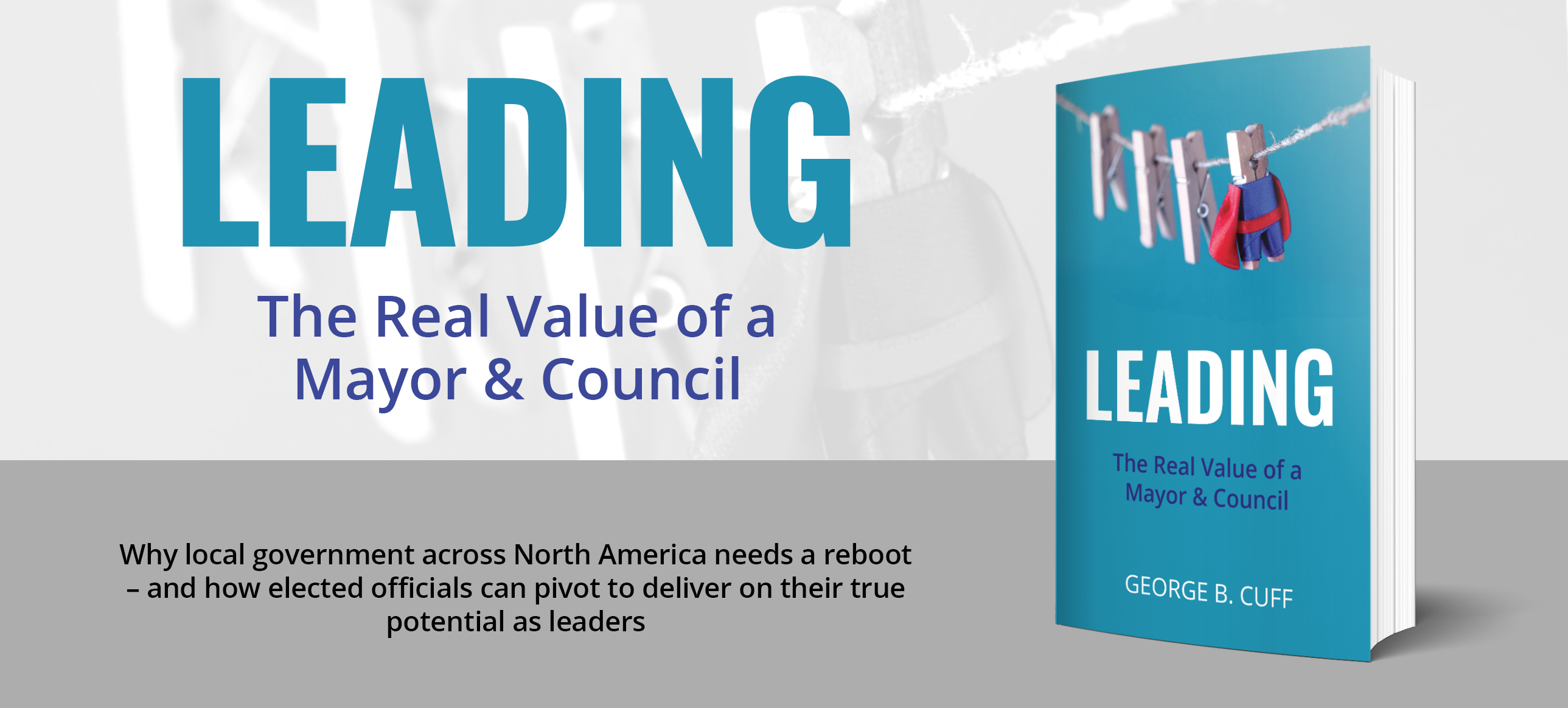Four mistakes to watch for in respectful workplaces – and how to fix them

“Do more with less.”
When demand for more and better services at the local level coincides with calls for lower taxes and expenditures, municipal government work forces are easy targets for broad-based cost-cutting. In these cases, there is value in considering organizational culture and employee engagement. It is, to put it mildly, difficult to imagine much popular appetite for the notion that improving work conditions might drive organizational performance in a meaningful way – that this might actually help municipal governments accomplish the goal of doing more with less.
Fortunately, many public administrators recognize that creating a safe, healthy, and productive workplace for employees is not only a legal obligation, it is also a critical driver of productivity and efficiency in their organizations. And while it’s not quite rocket science to “get it right,” it is pretty easy to get things wrong. The following are four of the most common mistakes municipal governments make in relation to Respectful Workplace programming.
Mistake #1: Nice, for the Sake of Being Nice
“The city is committed to a workplace that maintains the dignity of all employees, in which employees treat others in a manner free from insult, bullying, intimidation, or other activity that diminishes a person’s self-esteem.”
It sounds pretty straightforward, but without more context, policy statements like this can leave employees and managers with the rosy message that “we’re committed to being nice” without providing any convincing business rationale for advancing such a commitment. In order to create transformation and improve productivity, programs must be tied directly to business outcomes. Employees need reassurance that leaders do not simply believe the program is about being nice for the sake of being nice, and that they are not merely intrusive bureaucratic exercises in risk management. The underlying message needs to be:
“We’re not doing this for the sake of being nice; we’re doing this because our municipal government is committed to providing services to the community at a level of excellence – and we believe that we can’t consistently optimize performance at the individual, team, and organizational levels unless we create a safe, healthy, and productive workplace.”
FIX: Formulate and communicate a strong business case for the Respectful Workplace program, with associated performance measures and outcomes. Keep the message alive with a strong communications strategy.
Mistake #2: Poor Needs Analysis
In the absence of a needs assessment, many employers assume that their program should consist primarily of training – that they need training. This is often not the case.
The only time that an organization really needs training is when there is some legal or policy requirement to conduct training. On the other hand, when one of the organization’s primary concerns is to address a pattern of problem behaviour in the workplace, the critical need is not for training, but for a change in behaviour. Training can, and often will be part of the solution, but it will not be the need.
FIX: Conduct a proper needs assessment in advance of deciding whether or not to initiate a Respectful Workplace program, and what it will consist of. The needs assessment does not have to be a complex process; a set of simple questions can help you get clarity:
- What has prompted you to undertake this initiative now?
- Six months down the road, what will make you think the investment was a good one?
- What will make it a bad investment?
Mistake #3: Narrow View of the Problem
Many organizations perpetuate an overly narrow definition of the problem to be addressed by their Respectful Workplace programs. One key indicator is the content and focus of the training. Training programs that focus primarily or exclusively on anti-sexual harassment and anti-discrimination policies, and applicable human rights laws, can send an unhelpful message. When framed in this context, the message employees and managers take away is that other behaviours, such as incivility, bullying, and violence, are in some way disconnected from discrimination and harassment – and differently “valued” by the organization’s leadership.
To build confidence among employees about the organization’s commitment to attend to and address workplace conduct issues, leaders in the workplace must find ways to acknowledge the link between all forms of problematic behaviour.
FIX: Explicitly connect the full range of unhelpful workplace behaviours with each other, as shown above, and make that full range of behaviours the focus of the Respectful Workplace program. This range of behaviours must include, but not be limited to physical violence, threats, bullying, harassment, discrimination, rudeness, and disregard.
Mistake #4: Equating “Low Level Behaviours” with “Low Level Harm”
All too often, managers and other leaders minimize or dismiss the importance of “low level behaviours” such as rudeness and disregard in the workplace.
A Respectful Workplace program rooted in best practices will recognize the distinctions between different “levels” of behaviour in terms of their effects. At the same time, an effective program will also communicate that “low level” behaviours, while different in effect from “high level” behaviours, are not necessarily less important in impact. It is useful if the program incorporates reference to anecdotal evidence and research demonstrating that repeated acts of incivility are often associated with anxiety, depression, and long-term stress claims.
FIX: Structure the Respectful Workplace program to place as much emphasis – or more – on identifying and addressing behaviours of incivility as compared to “high level” behaviours such as discrimination, harassment, bullying, and violence. Ensure that processes are in place and available to individuals, to support them in addressing concerns of incivility.
Adopting a Comprehensive Best Practice Approach
Best practices in Respectful Workplace programming for municipal governments extend far beyond the four fixes set out above. Importantly, however, any one of the four foundational mistakes can undermine the otherwise valuable work that an organization undertakes in designing and implementing its program. In worst case scenarios, these mistakes can actually result in a program causing more problems than it solves.
Entering into the design and implementation process mindful of these fundamental mistakes is at the root of best practices in driving organizational performance through Respectful Workplace programming. MW
✯ Municipal World Insider and Executive Members: You might also be interested in the full version of this article or in Norman Leach’s article: Political acumen in the workplace: Tips for skillfully navigating organizational politics. Note that you can now access the complete collection of past articles (and more) from your membership dashboard.
Richard Hart is a Founding Director of ProActive ReSolutions Inc., an international consultancy that works with leading public and private sector organizations around the world to create Respectful Workplaces, including Fortune 500 companies and many municipal governments.
Related resource materials:


